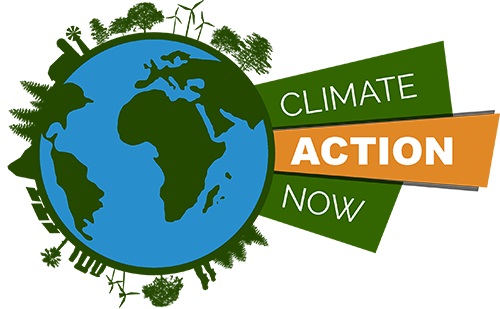
Hits: 756
Rethabile Makatla
Communicating climate change mitigation strategies effectively to the public
Most Read Stories Today
-
Water Scarcity and Artificial Rainfall: The Positive and The Negative Effects of Cloud Seeding, including Health Hazards and Climate Implications.
-
Renewable Energy in Rural Areas: Challenges, Opportunities, and Successful Rural Projects
-
Pakistan's Agriculture at Risk Due to Climate Variability
-
South Africa's Recent Floods: Is Climate Change to Blame?
-
South Korea's floods: root causes and prevention strategies.
-
South Africa: Cape Town, A City Under Fire
-
The Human Cost of Climate Disasters
-
Our Oceans, Our Future: The South African Dilemma of Overfishing
-
Degenerative Impact of Hydrocarbons On The Environment.
-
Sustainable Urban Planning - Copenhagen and the Path to Climate Resilience
Climate change is one of the greatest challenges of our time, but it doesn't have to be a despairing endeavour.
By effectively communicating about mitigation strategies, we can inspire action and make a positive impact that we all desire. In this piece, we are going to explore five key strategies for effectively communicating climate change mitigation strategies to the public.
- Effective communication of climate change mitigation strategies to the public requires the use of simple, clear language that is accessible to everyone, regardless of their academic background. Instead of relying on technical jargon or complex concepts, communicators should use analogies and metaphors to explain mitigation strategies or ideas in a relatable way. It is also important to tailor the language to the audience and keep it concise and well-organized. Using a local language is always the best option. This ensures that the message is not only clear but also engaging and memorable.
- When communicating about climate change mitigation strategies to the public, it is also essential to highlight the positive outcomes and benefits of these measures. This could include improving public health, reducing floods, creating new jobs in renewable energy industries, and enhancing the resilience of communities to climate impacts. By focusing on these benefits, communicators can inspire hope and motivation among the public, rather than simply inducing fear or guilt. This will inspire the people to take action!
- Sharing examples of successful climate mitigation efforts done in other relevant communities can demonstrate that progress is possible and that these strategies are not just theoretical. This is the other excellent way of communicating climate change mitigation strategies effectively to the public. Communicators can tell stories of communities that have reduced their emissions, implemented renewable energy systems, planted trees, or implemented adaptation measures that have made them more resilient to climate impacts. These stories can inspire people to take action, show them that they are not alone in this fight, see that it is possible, and create a sense of collective action and shared purpose.
- While it can be easy to feel like individual actions are too small to make a difference, when they are multiplied across a village or community or country, they can have a significant impact. Communicators can show how simple actions like reducing food waste, switching to public transportation, investing in energy-efficient appliances, or buying clothes from thrifting stores can collectively lower emissions and contribute to a sustainable future. By framing individual actions as part of a larger movement, people can feel empowered and inspired to take action. People can feel that they matter.
- Using visuals and storytelling to communicate climate change mitigation strategies to the public can be very rewarding. This makes the issue relatable and memorable: Climate change can be a daunting and abstract topic, so effective communicators often use visuals and storytelling to make it more tangible, relevant, and relatable. This could include using photos or videos to illustrate the effects of climate change, telling personal stories of those affected by climate impacts and how they mitigated those impacts, or using data visualizations to show trends and patterns. By making the issue real and relatable, communicators can create an emotional connection that inspires people to take action and stay engaged.
Mitigation can keep climate change hazards from having catastrophic outcomes. Through effective communication, we can create a sense of urgency and inspire collective action to address the climate crisis.

Terms & Conditions
Subscribe
Report
My comments